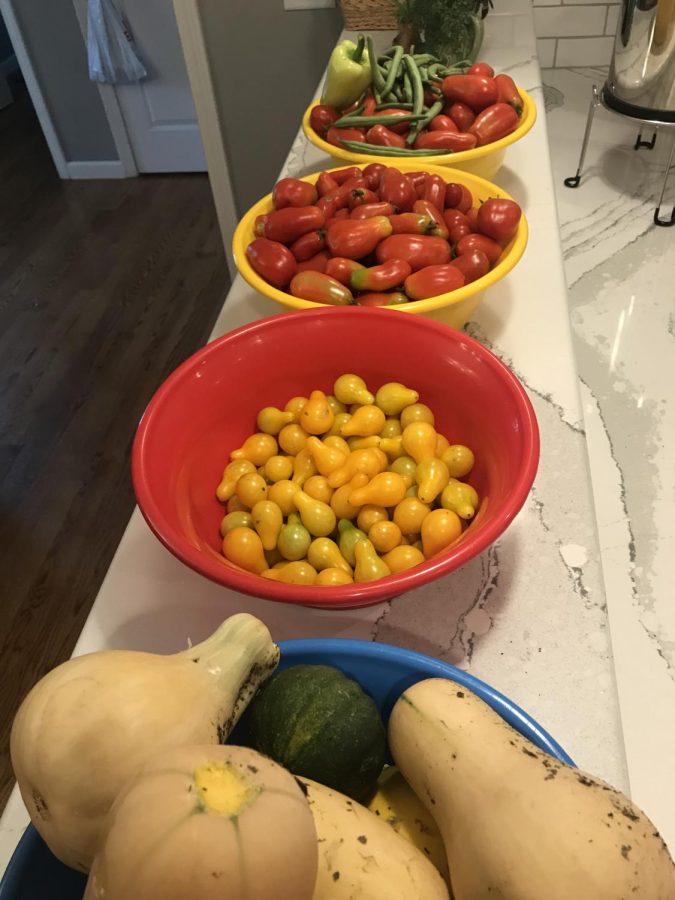To Be A Gardener
Gardening is a very unique hobby and could be argued as one of the coolest hobbies. While many people garden, no one does it exactly the same. It is definitely difficult, but the reward is worth it. Gardening is a longer process than most people may think. If you want to be successful in the garden, research is very important. You need to be able to know what is wrong with your plants, how to fix problems, what to do for weeds and bugs, and much more. Most plants need to be started fairly early in the spring, but they should not be left in a cold room. The first step in the planting process is to read the instructions on your seed packet. Different plants, or even species of the same plant, can have extremely different instructions that need to be followed closely in order for them to grow. Once that step is completed, plants should be started in small containers with a dirt and water mixture. It should be a paste-like consistency and packed in firmly before dropping the seeds on top and covering them fully. Plant starts should be kept in a warm place, preferably under grow lights. Once these plants have reached a high of 4-6 inches (or per instructions), they should be transferred into bigger pots and left to grow in a warm place. By this time it should be warm enough outside for them to sit in the sunlight, but be sure to bring them inside if a frost is in the forecast. When these plants have reached the recommended size, they can be transferred into a garden. Paper barrier, cardboard, or other forms of weed barrier, can be placed down in a garden before the plants to ensure no weeds will grow. The ground should be tilled (a process to lift and move the hard ground about 6-8 inches deep) in order to prepare your garden correctly. Once this has been done, and a weed barrier has been put down, the plants are ready to be put into the ground.
Plants need to be watered very often, but be sure to water them correctly. Most people would think that the watering part of having a garden is the easiest part, but this is not true. The plants should be watered according to sunlight, rainfall, what soil they are in, and many other factors. Gardeners also need to be careful when watering on a sunny day so as not to burn the leaves if they get water on them. This is why watering from the base through in-ground hoses is very beneficial. Plants need to be checked in every day, especially tomatoes. A green or yellow tomato can turn right within a matter of hours, and if left too long, will be eaten by bugs. Squash are very invasive and take up lots of room. They can cross-pollinate with other plants, producing other vegetables such as acorn-butternut squash. String beans grow very fast and cling to any surface they can grow up. Many things can go wrong in the gardening process and it can take a while to get used to common problems. This is why research and time are very important when growing your own food. Although this all sounds like a lot of work and time, when those vegetables are put on your dinner table, it is very much worth it.

Favorite Quote: "Fight for the things you care about but do it in a way that will lead others to follow" - RBG
Favorite Food: Hot Wings
Fun Fact: I have 7 siblings and 6 dogs.


